Making the decision to venture into foreign countries with our own vehicles is often not an easy one to make.
There is a mountain of information out there about what you will find. Sadly, almost all of it is conflicting and not particularly helpful. Worse still, a lot of the information is out of date or downright wrong.
The world has changed dramatically since the ’80s and ’90s, especially in developing countries across Latin America, Africa and Central Asia.
While driving around the world I have been fortunate enough to spend time with hundreds of people driving on four wheels and riding motorbikes around the world. These people are from all walks of life, pilot all manner of vehicles, and tell stories of adventure that turn me green with envy.
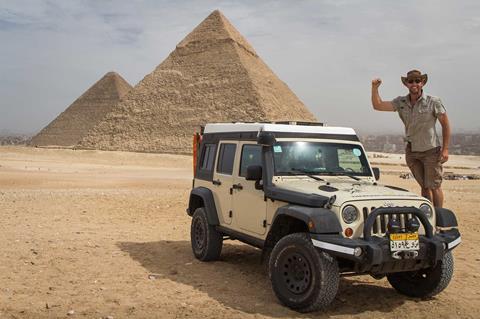
Constantly trying to learn as much as I can about new regions of the planet, I’m always interested in hearing what people thought their trip would be like compared to the reality of day-to-day international overlanding.
All of us have preconceived ideas and images in our heads, and once we hit the road it can be enlightening to compare those with the reality on the ground.
In my experience it is very common for us to carry negative expectations about foreign lands, and we expect the trip to be much more difficult, dangerous and unpleasant than it turns out to be.
Time and again I’ve heard rumors and myths circulated that just don’t ring true with my experiences, and those of the hundreds of overlanders I’ve spoken to. There are a lot of myths about driving around the world, and it’s time to finally put them to rest.
1. It’s all about the vehicle
With so many vehicles to choose from, new products on the market and outfitting shops ready to build out the “ultimate overland vehicle,” it’s easy to get caught up in all the shiny gear.
Online discussions, YouTube channels and even major overland gatherings focus heavily on the gear and the vehicles everything is bolted onto. This leads many to conclude overlanding itself is really about the vehicles and the gear.
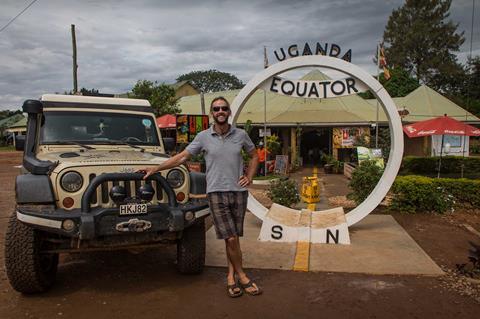
It’s true that many global overlanders enjoy talking about their vehicles, and they’re proud of their home-made addition or contraption that makes some part of their setup more efficient or easier to use.
When meeting other overlanders we often search for common ground, and I find it easy to start by talking about our vehicles and setups. The first steps to friendship usually start with the mundane—how do you like your vehicle, how have those tires performed, and have you had any serious breakdowns?
While the topic of vehicles gets the conversation flowing, I find it quickly fades into the background as the conversation progresses hour after hour about exotic destinations, visas, people, food and festivals. It doesn’t take long before maps are spread out and red pens run low on ink.
In my experience, those driving around the world did not leave home because they are obsessed with four-wheel driving or the vehicle they use; they left because they wanted to have adventures on a global scale.
If overlanding is defined as vehicle-based adventure travel, then it makes no difference if you drive a Land Rover or a Land Cruiser. It only matters that you go.
2. A well-built 4x4 is mandatory
In North America, overlanding grew sideways out of four-wheel driving, and as a result there is a lot of crossover between the two. In fact, it’s usually accepted wisdom that the best overland vehicle is a monster 4x4 built for the hardest trails with a fridge and rooftop tent bolted on.
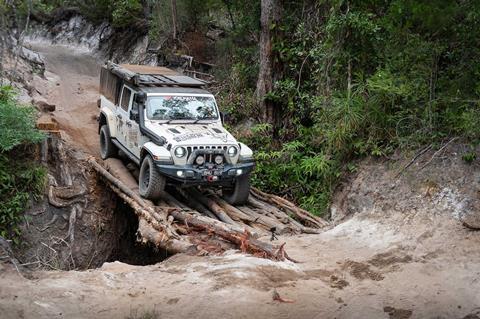
While this might be true for the hardest trails in Moab, it is the exception rather than the rule for going global. Highly customized vehicles are often heavy and expensive and require specialized parts not commonly available around the world.
Huge suspension lifts and big tires attract more attention from corrupt police and military, they drive horribly on-road, and they drink gas at a rate that puts the refining capacity of some small countries to the test.
Without exception, in the most remote corners of the planet you will find locals driving vehicles packed to the gills and that have broken 4x4 and bald tires. If there is a waterfall, lake, beach or mountain pass worth exploring, it is all but guaranteed that the access track is kept to a standard that is passable to these poorly maintained and heavily overloaded vehicles.
This means any vehicle with functioning four-wheel-drive and quality tires will have no trouble moving forward.
It’s always good to remember some of the most epic overland adventures of all time have been completed in the most unassuming vehicles, from two-wheel-drive camper vans from the 1970s being driven to more than 120 countries to VW Beetles traversing the length of Africa. While four-wheel drive is nice to have, it is far from mandatory.
3. Crossing borders is a nightmare
For the uninitiated, the idea of crossing an international border with your own vehicle can be a daunting and scary thought, to the point that many conclude it is simply not worth the hassle to drive your own vehicle. I vividly remember arriving at the Mexican border with sweaty palms and my heart racing.
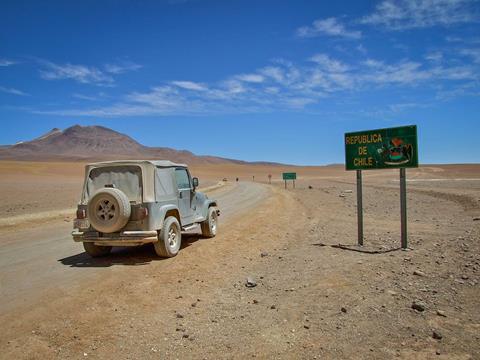
We’ve all heard horror stories about documents being snatched away, about waiting for hours in the scorching heat, or about being forced to hand over stacks of cash simply to get across in one piece. While these tales make for gripping stories, they are the very rare exception rather than the rule.
With a bit of preparation and a very large dose of patience, there is no reason to expect a border crossing to take more than a few hours of shuffling papers, collecting stamps and shaking hands with officials.
In fact, at many borders around the world I have been so relaxed I take selfies with armed officers and drink cold water while waiting in the shade.
After driving across more than 55 international borders around the world—including the most notorious on the planet—I have yet to meet a single overlander in real life that has had a bad border crossing. Without exception, every single one is adamant that the slight inconvenience is more than worthwhile for the adventures it enables.
4. Navigation is a major hassle
For decades people set out on continent-scale expeditions with outdated paper maps that showed little more than capital cities and major roads. While wandering into the unknown this way sounds romantic, I can assure you that getting lost for four hours while trying to leave a South American mega-city is a very stressful thing to do.
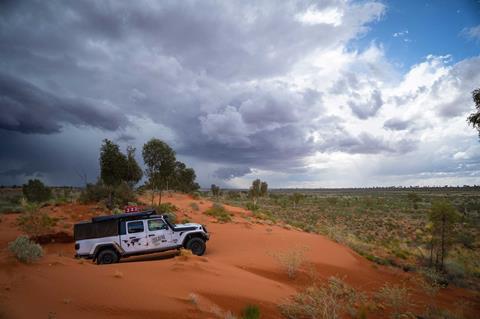
Happily, things have changed a lot in recent years. Phone apps like iOverlander contain literally everything we need to drive around the world, and they make navigation a breeze. Places like embassies, gas stations, campsites and water fill locations are meticulously logged, and even border crossing procedures and requirements are listed with detailed step-by-step instructions.
Because they’re all sorted by date the information is current, and it is not uncommon to read a comment from a fellow overlander who crossed the same border a week or less before your arrival.
Open-source mapping projects like Open Street Map (OSM) are now incredibly accurate for every country on Earth and completely free. OSM can be used on smartphones or loaded into regular old dash-mount GPS units for stress-free turn-by-turn navigation.
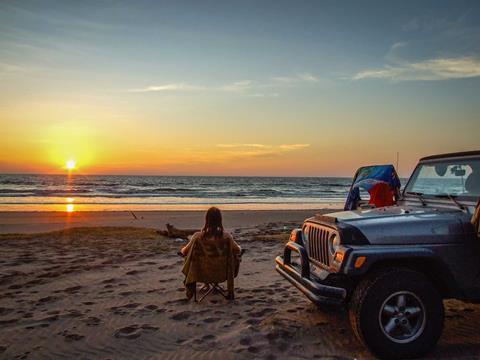
In all my adventures around the globe, from the cities of France to the wilds of Bolivia and the Congo, I have been utterly stunned by the accuracy and detail of these digital maps, which include everything you could ever need from walking tracks to waterfalls, police stations, bridges, power lines and gas stations.
I can count on one hand the number of times the free OSM maps I loaded into my GPS were not perfect to the nearest inch.
It is well and truly time to put this one to rest—global navigation is now straightforward, easy and cheap.
5. It costs a fortune
The most common type of International travel includes big expenses like plane flights, hotels and restaurants. By the time you throw in hiring local transport and guide fees, a couple of weeks in Costa Rica is easily a few thousand dollars.
Using this as a base to build a budget, and then adding gas and vehicle maintenance expenses, many assume global overlanding costs upwards of $5,000 a month and is therefore only possible for the very rich.
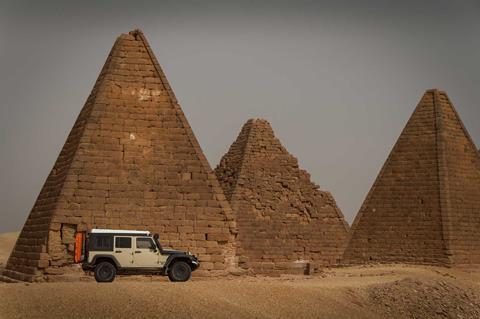
The beauty of driving your own vehicle, of course, is that you bring your entire house with you, including kitchen and bedroom. This means you save thousands on accommodation and food compared to the regular fly-in traveler.
If you’re willing to cook the majority of your meals and are happy to camp, driving around the world is often cheaper than staying at home, and much cheaper than regular fly-in travel.
In many countries around the world wild camping is common and completely free, and even if you simply want a break, paid camping with a hot shower, basic kitchen facilities and laundry is less than $5 a night. Once I discovered a heaping plate of delicious street food was only $1 in Nicaragua, I rarely made my own lunch again.
Compared to the regular traveler who may spend a few thousand for a couple of weeks in Costa Rica, my month exploring high and low in my little 4x4 cost less than $800.
6. People are unfriendly
Playing on our fears and insecurities, Hollywood has firmly planted the image in our minds that locals around the world are unfriendly to the point of being hostile and even violent. Many people worry about personal safety, and they assume we will be very unwelcome visitors as we explore foreign lands where we clearly stand out.

In my experience, and after speaking with hundreds of other overlanders, the opposite is actually true. All around the world people wave and smile, and I have been invited into homes to share food on more occasions than I can count.
All across Africa while exploring in my obviously American Jeep it was assumed I was American, and never once did that cause an issue. In fact, in hundreds of villages, towns and even cities people would smile broadly, give a big thumbs-up and exclaim, “America! Welcome!” In many places T-shirts with American flags were common, and posters of Tupac were also a very common sight.
Time and again I have found people treat me with the same level of respect and kindness that I show them. When I approach with a smile and a handshake they respond in kind, and never once have I felt unwelcome, unsafe or threatened.
7. You will be alone
The image of the solo adventurer riding (or driving) into the sunset has persisted for years, and it leads many to think driving around the world would be a lonely thing to do. The image makes it seems like you will be the only one out there and you will have nobody to share the adventures with.
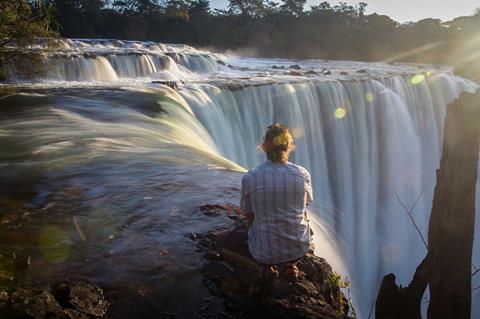
With a massive growth in overlanding in recent years, more people than ever before are driving the length of the Pan-American Highway, exploring Africa and roaming around Australia.
Literally thousands of people drive to South America every year now. Campsites are bustling with fellow overlanders, and vehicles commonly team up and travel in convoy, as I did on multiple occasions around Africa.
With so many stories of adventure to share, making friends on the road is easy, and to this day some of my closest friendships are with fellow overlanders I met in random places around the world.
Well worth the effort
Next time someone tries to tell you the border from Honduras to Nicaragua is a nightmare not worth your time, or that you will be a target and will be attacked on day number one, remember to take it all with a grain of salt.
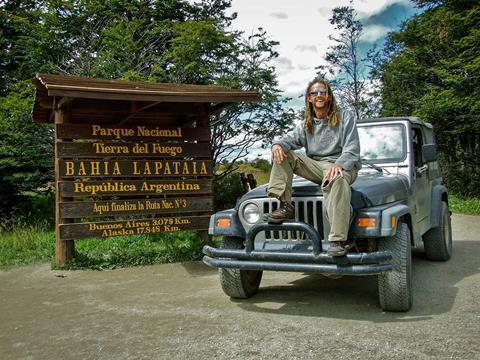
These kinds of stories get repeated so many times nobody has actually met the person it happened to, or has any kind of first-hand experience. Before taking advice I like to ask how recently the person was on the ground in that country themselves. The answer to that question tells me how useful their so-called advice really is.
Of course there will be difficult days on the road, and a long-term global expedition is not an endless reel of Instagram highlights, no matter how it looks. With that being said, there is no reason to continue believing the myths outlined above. They’re simply not true.
If there is any doubt left in your mind, I assure you the rewards more than make up for the effort involved in driving your own vehicle to distant lands.
This article originally appeared in OVR Issue 08. For more informative articles like this, consider subscribing to OVR Magazine in print or digital versions here. You can also find the print edition of OVR at your local newsstand by using our Magazine Finder.


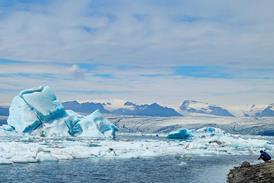
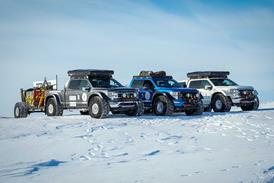
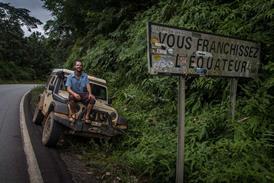
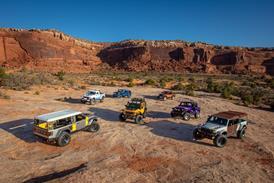
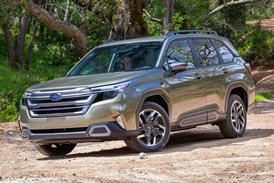
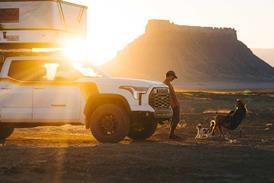

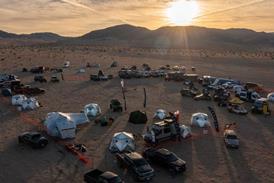
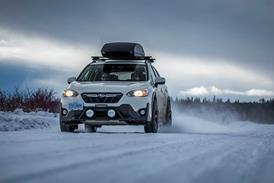
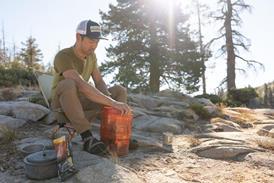

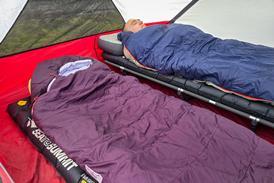

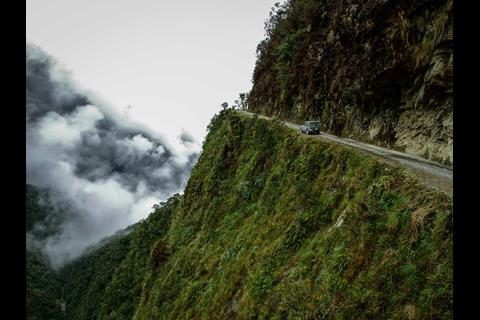
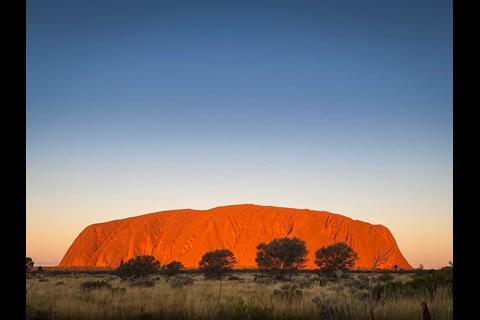
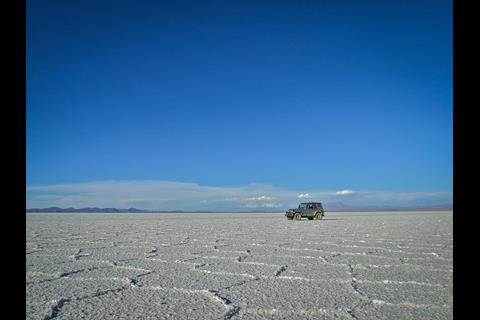



1 Reader's comment